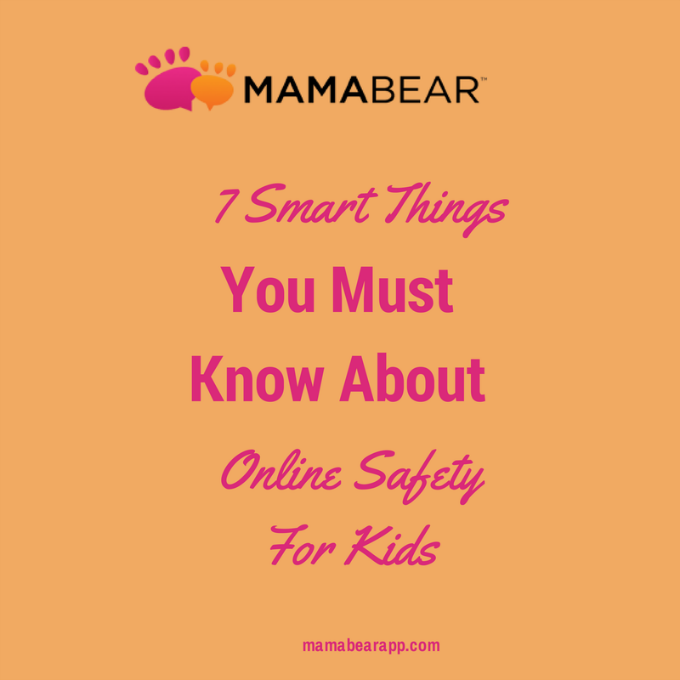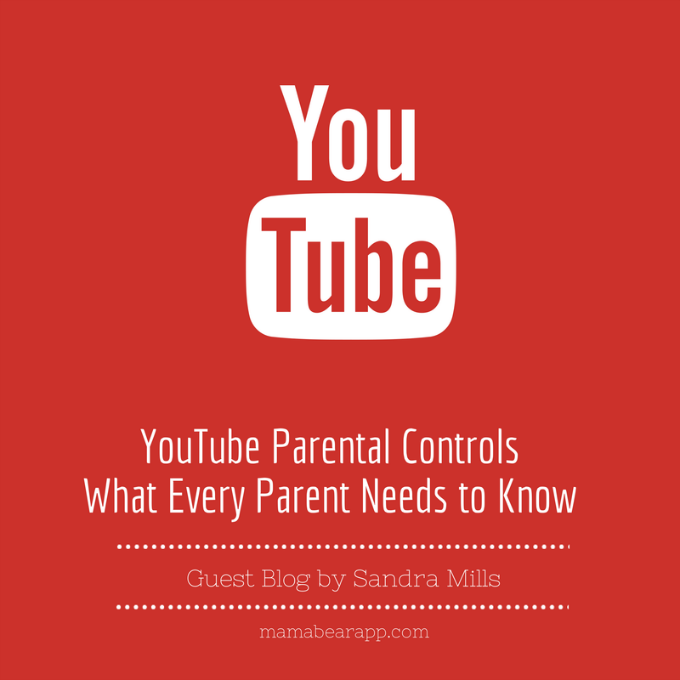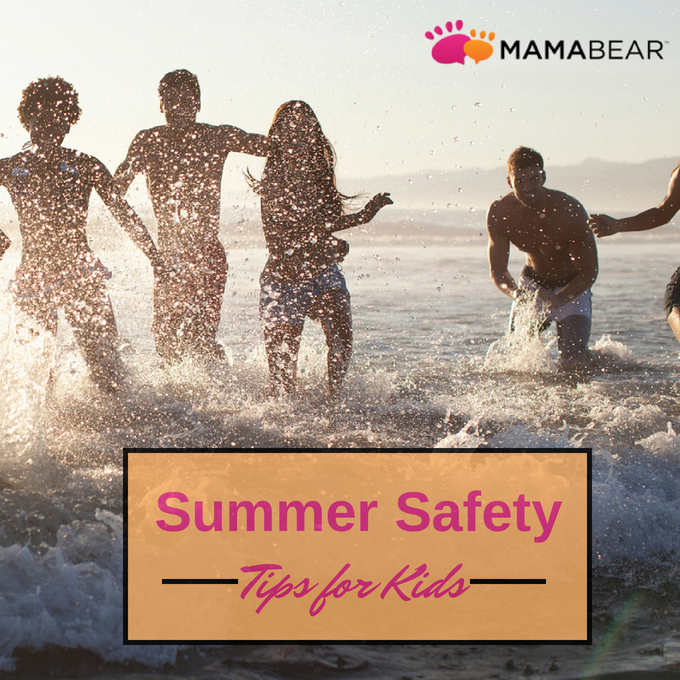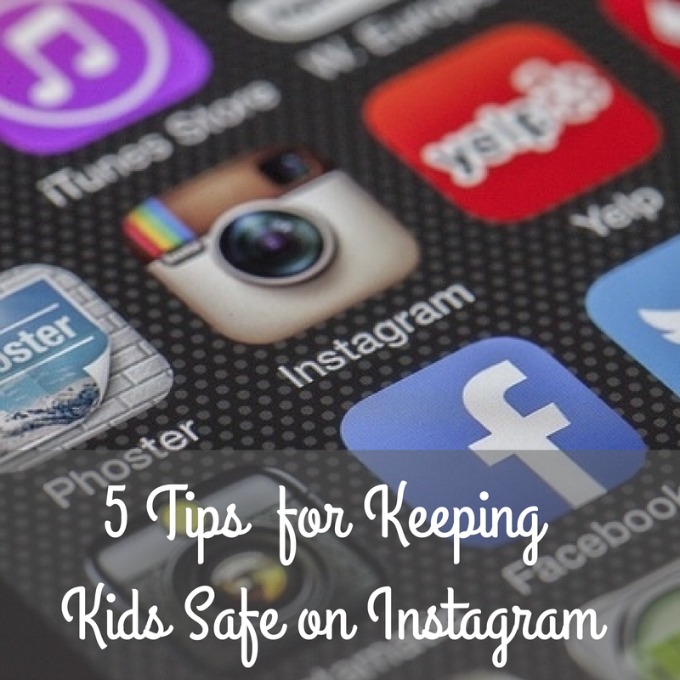The number of teens on Facebook has fallen by about 3 million in the last two years. Which social media sites are now trendy among our youth that you should know about? Here are seven smart things for parents to know about teen behavior on social media and online safety for kids.
1. The Risks of No Parental Supervision
It is estimated that about 80% of teens have the ability to hide their online activity from their parents worried about the natural consequence of access being taken away with unacceptable activity. However, parenting experts argue that instead of punishment, a much more open and collaborative attitude will help share the risks and provide more opportunities to teach the basic safety skills of accessing the Internet.
2. Get Up to Date on the Trendy Sites
The number of incidents regarding cyberbullying and sexual harassment is on the increase. The likely reason is that photo sharing on Instagram, Snapchat, Vine and others has become so easy and popular. The so-called ‘quick delete’ on Snapchat is not as secure as many people think. The Internet trolls and bullies have never had it so good. For example, the Ask.fm site ( 80 million users), allows a teen to have a public profile page. It is not uncommon to find abusive questions there like “when are you going to commit suicide?”, for example! Aside from these, check your child’s devices for kik, whatsapp and any other app that doesn’t look familiar. As always, open the dialogue and find out who they’re chatting with and why, which apps they use the most and then keep a close eye.
3. Vlogging is Cool
Some teens love blogging about their lives on video and this trend is known as ‘vlogging’. Obviously,YouTube and also Google Hangouts are the places to be. Ask to see any videos your children have made and check to see that there is no personal information shared or inappropriate content that could be reputation damaging or an invasion of privacy. The good news is that there are lots of video tutorials from legitimate sources to help kids learn the right way to vlog. Parents should not forget this fact.
Related: YouTube Parental Controls and What Every Parent Needs to Know
4. Cyberbullying Risks
Talk to your kids about the serious risks of cyberbullying and monitor it. It has been estimated by the Anti Bullying Alliance that about 30% of parents are not talking to their children about the risks of cyberbullying. In addition to talking, use tools like MamaBear or be aware of the need to know risky content by filtering with keyword search and notifications. Many parents require their children to share their social media username and passwords. We support and encourage this sharing of information.
5. Sexting
With the increase in the number of selfies and instant porn sites, the rise in sexting among teens is scary. Again, parents need to talk about the risks of leaving a ‘digital tattoo’. The consequences can ruin your child’s reputation for years to come and subsequently affect getting into preferred colleges and potentially job acceptance.
Related: Taking Responsibility for Kids and Sexting
6. Texting is Trendy
Many parents worry that their teens are becoming digital zombies when they see them texting like crazy. About a third of kids send less than 20 texts a day but roughly 20% are sending more than 200 texts daily! There is good news though from the US Pew Research Center whose research shows that the texting teen is just as active socially in real life. Parents can insist that mealtimes are phone free in order to catch up and bond as a family. They can also keep an eye to make sure that their teens are not relying entirely on virtual friendships. If their best friend is no longer present, that could be a red flag.
7. It is not All Bad News
More good news comes from other research which indicates that teens are not necessarily less literate because of their frenetic digital participation. There are unlimited opportunities for kids to express themselves either in a video such as Becoming YouTube or in self publishing content. Some teens have claimed that they have become more socially adept and less timid because of social media.
Although our children face more risks with increased exposure and parents have more responsibility to teach and monitor safety, it’s a great part of their worlds today. Acceptance with boundaries and accountability is our take.
Need help connecting with your kids and ensuring they are safe on social media sites? Try the MamaBear App for free and see how easy it is to connect with your family with just a few simple steps.
Download the free app for Android here.
Download the free app for iPhone here.



